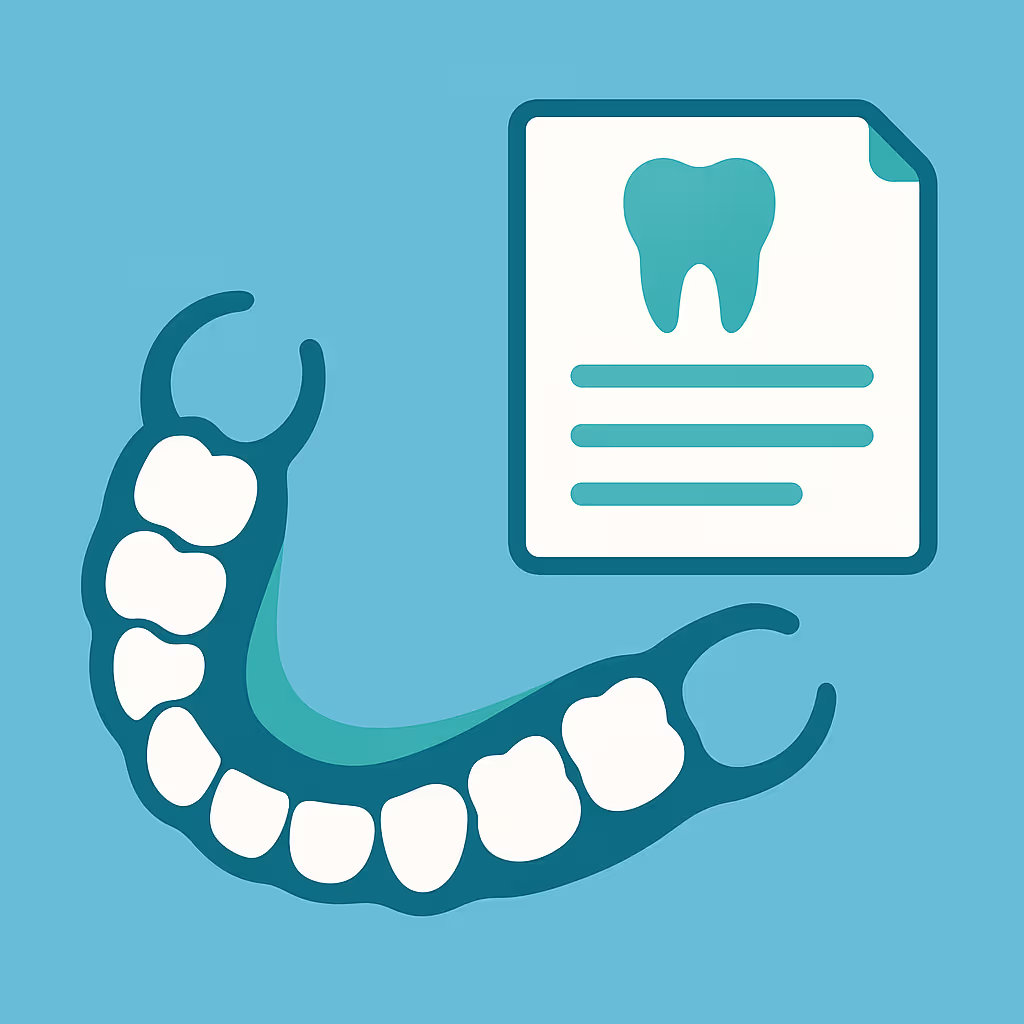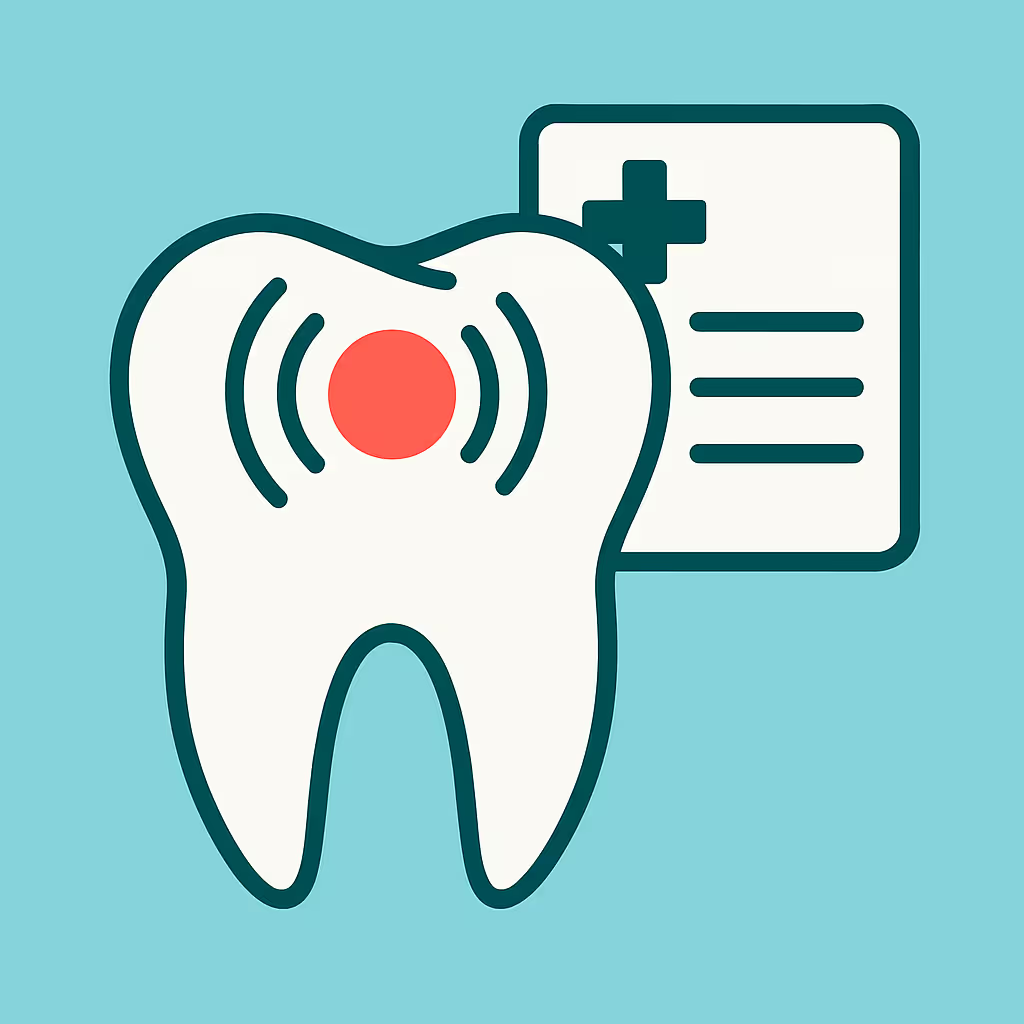Understanding Dental Code D0321
When to Use D0321 dental code
The D0321 dental code is designated for "Other temporomandibular joint radiographic images, by report." This CDT code is used when a dental provider needs to capture and report radiographic images of the temporomandibular joint (TMJ) that do not fall under standard TMJ imaging codes. D0321 is typically reserved for unique or specialized imaging techniques, such as advanced or non-standard views, that are necessary for diagnosing complex TMJ disorders. Use this code when the clinical situation requires documentation beyond what is covered by routine TMJ radiographs, and always ensure a detailed narrative accompanies the claim.
Documentation and Clinical Scenarios
Proper documentation is essential for successful reimbursement when billing D0321. The clinical notes should clearly indicate:
- The patient’s symptoms and reason for the advanced TMJ imaging
- The specific type of radiographic image taken (e.g., transpharyngeal, transcranial, or other specialized views)
- How the image differs from standard TMJ radiographs (such as those billed under D0320)
- A detailed narrative report describing the findings and clinical necessity
Common scenarios for D0321 include evaluation of suspected TMJ ankylosis, assessment of complex trauma, or when standard imaging does not provide sufficient diagnostic information. Always attach the radiology report and any supporting documentation to the insurance claim to reduce the risk of denials.
Insurance Billing Tips
To maximize reimbursement and minimize delays, follow these best practices when billing D0321:
- Pre-authorization: Verify with the patient’s dental or medical insurance if pre-authorization is required for advanced TMJ imaging.
- Detailed narratives: Include a clear narrative explaining why D0321 was necessary and why standard codes were insufficient.
- Attach supporting documents: Always submit the radiographic images and the radiology report with your claim.
- Review EOBs: Carefully review Explanation of Benefits (EOBs) for any denials or requests for additional information, and be prepared to submit a claim appeal with further documentation if needed.
- Stay current: Regularly review payer policies, as coverage for TMJ imaging can vary significantly between insurers and plans.
Accurate coding and thorough documentation are crucial for avoiding Accounts Receivable (AR) delays and ensuring timely payment.
Example Case for D0321
Case: A 45-year-old patient presents with chronic jaw pain and limited mouth opening. Standard TMJ radiographs (D0320) are inconclusive. The dentist determines that a transpharyngeal TMJ image is necessary to evaluate suspected joint ankylosis. The provider documents the patient’s symptoms, the reason for advanced imaging, and includes a detailed radiology report with the claim. The claim is submitted with D0321, a narrative, and all supporting documentation. The insurance carrier requests additional information, which is promptly provided. The claim is ultimately approved, and the practice receives payment without further delay.
This scenario highlights the importance of using D0321 appropriately, maintaining thorough documentation, and following up proactively with payers to ensure successful reimbursement.





